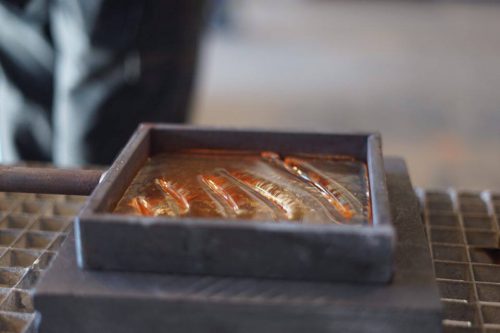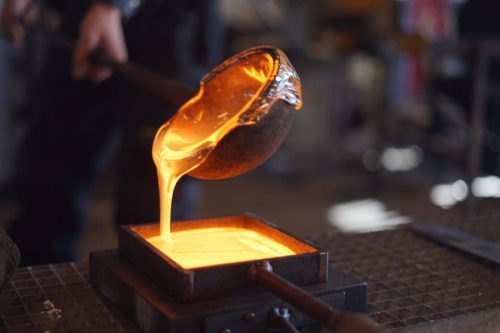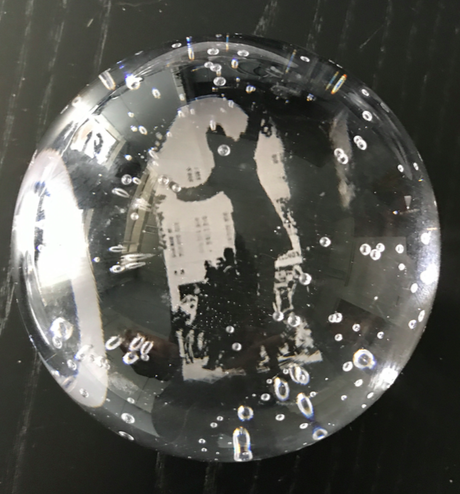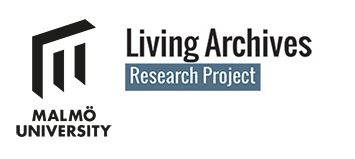A re-materialisation of the visual in terms of viscosity is provided by this experimentation. The argument is grounded in practical design processes from on-going research in the integration of archival material into AR/MR environments (Augmented Reality and Mixed Reality). This is an approach to emergent materiality not because new materials are invented but because existing visual, digital and traditional craft materials are re-configured. The archival material we use for this project is visual rather than textual, and it portrays moving bodies. The re-materialisation happens through experimentation with materials, affect and perception. Visual materialities, in this case viscosity, rely on a phenomenological approach to vision whereby design materials cannot be separated from the active perception of the designers, the participants and even the materials themselves. This article outlines the final iteration of the AffeXity project where glass was used as a design material to enhance viscous materiality. Viscosity is experienced as depth, layers, stickiness, reflections, motion, and an affective quality of dreaminess or the passage of time.






